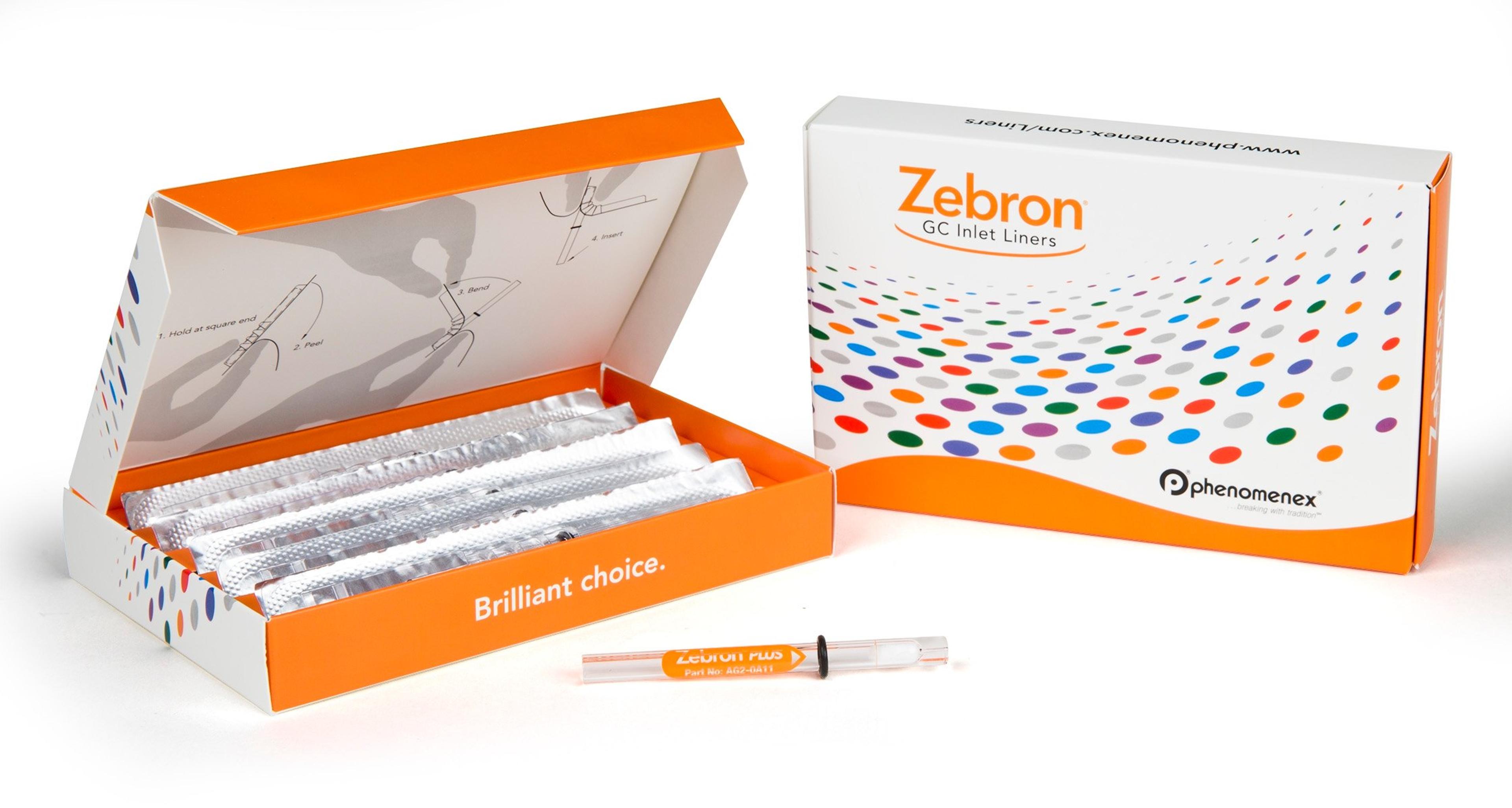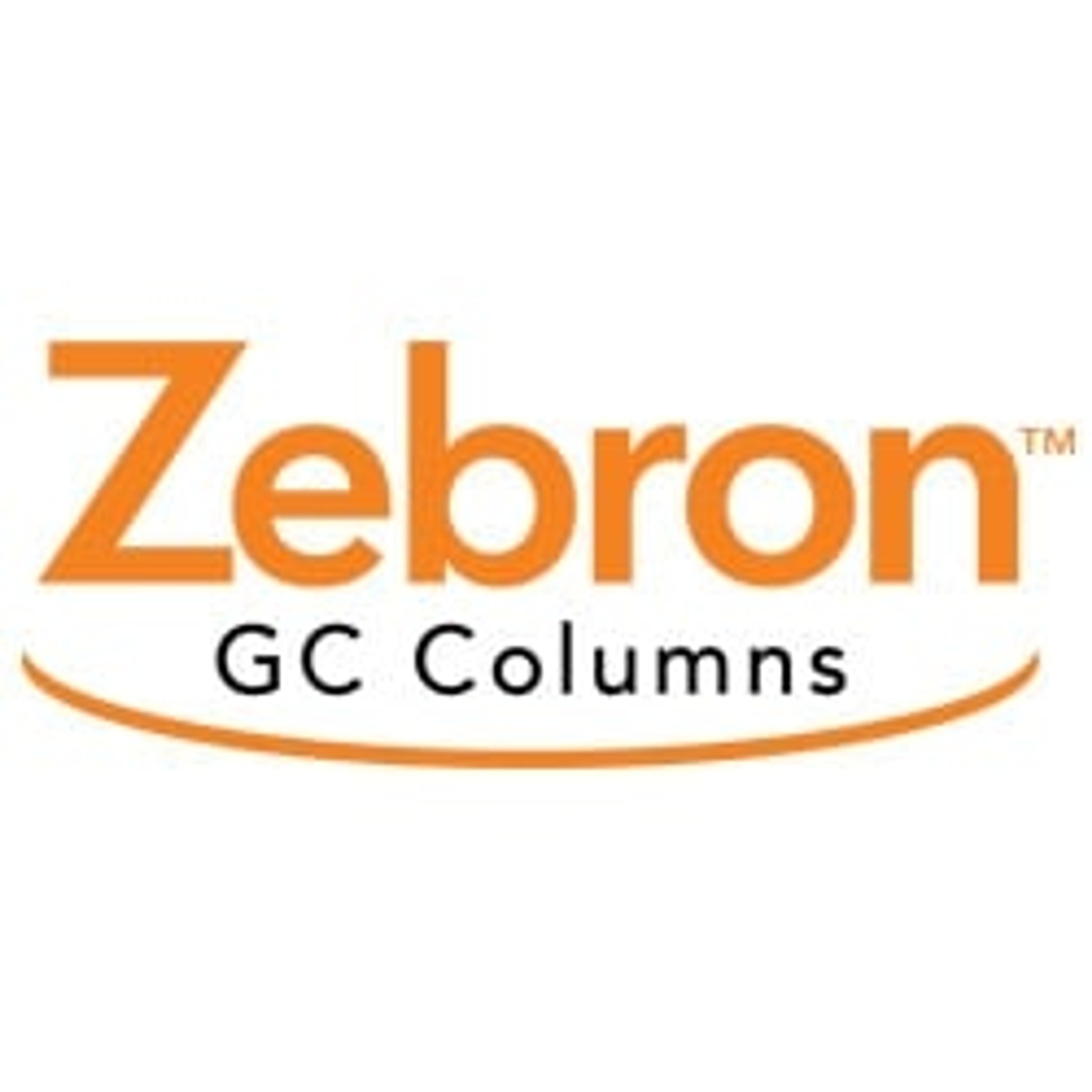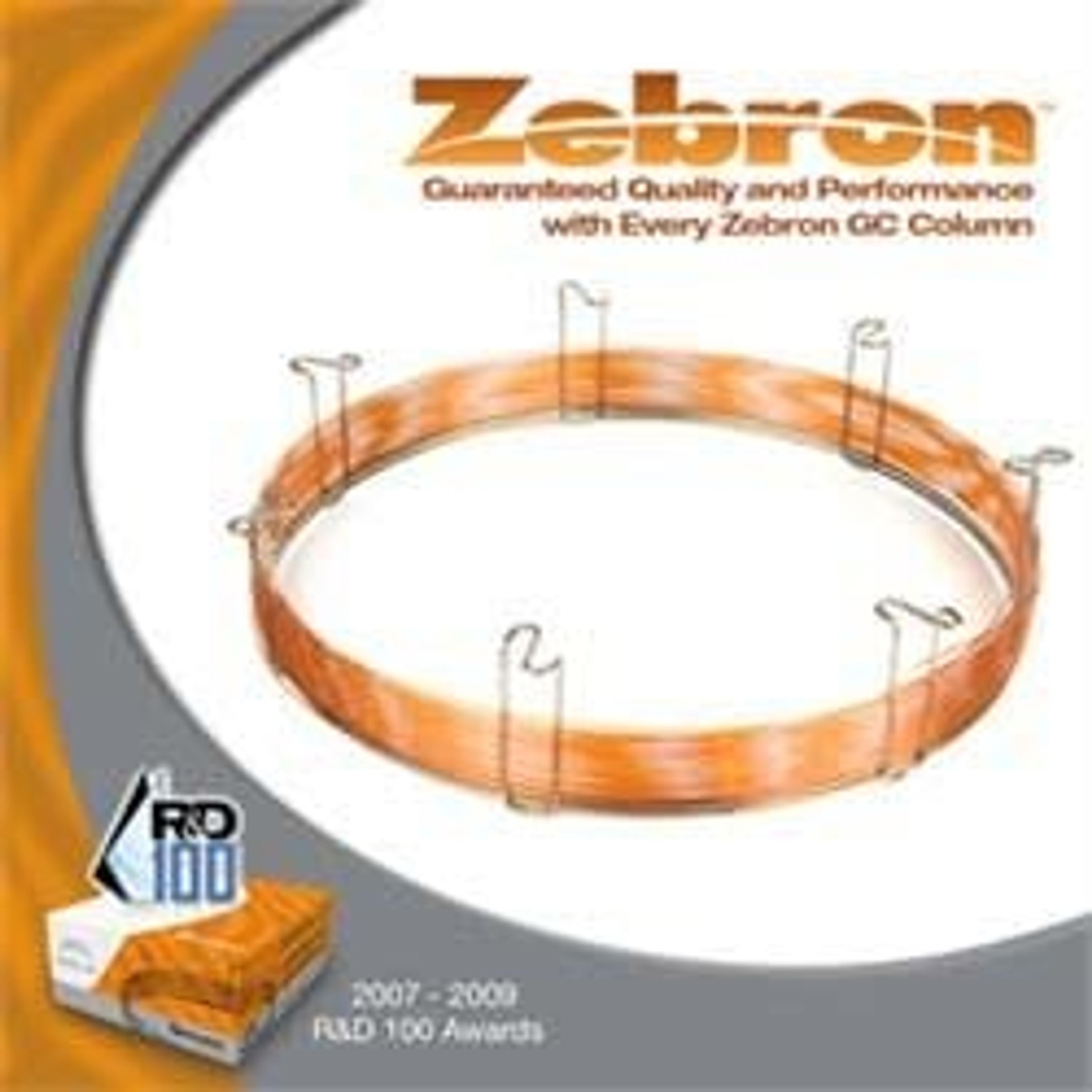GC troubleshooting tips and tricks from inlet through to detection
Watch this on-demand webinar to discover a systematic approach to identifying, resolving, and preventing GC-related issues
19 Jul 2022

Problems can arise from any component in your gas chromatography (GC) setup. To troubleshoot and solve these issues quickly and efficiently, it is important to follow systematic processes.
In this SelectScience webinar, now available on demand, Dr. Ramkumar Dhandapani, global product manager of gas chromatography at Phenomenex, explores diagnostic approaches for solving issues in GC analysis. Troubleshooting with specific case studies including the analysis of volatiles, semivolatiles, and persistent organic pollutants (POPs) is also discussed.
Watch on demandRead on for highlights from the live Q&A session or register to watch the webinar at a time that suits you.
My analytes are breaking down in the inlet. How do I prevent this?
RD: When you have an analyte breaking down in the inlet, it is probably the case that the analyte is thermally labile. Look at the class of analyte and see if you have chosen the right liner, then maybe consider a premium deactivated liner. Zebron ZB PLUS GC Inlet liners are premium deactivation liners. Also, try a premium deactivated liner with wool and without wool for optimization.
The next step is to look at the gold seal and make sure you have changed the gold seal and that there is no deposit or stripped-off surface in the gold seal. Once you change the gold seal the next step is to look at the column itself. If you're talking about active analytes or thermally labile analytes, make sure to have a premium deactivated column. Depending on the nature of the analyte, you could choose a specific premium deactivated column.
Zebron™ PLUS columns are premium deactivated. In addition, there are application-specific columns like ZB-624 and ZB-SemiVolatiles. These have a concealed surface that does not have exposed active spots. So that would prevent any adsorption.
I'm looking for a fast analysis of PAH. What are your suggestions?
RD: There are a couple of ways you could make your analysis faster. The first thing is to choose an optimal film thickness and a stationary phase that provides you with better separation and better resolution of critical pairs.
Once you have enhanced resolution, you could go high on temperature which would give you a shorter run time. Again, I'm talking about a plugin approach here, so with an existing versus complementary selectivity. The next step to further expedite your analysis is to choose a shorter column dimension with a smaller internal diameter.
And then, there is the carrier gas itself. You can go for hydrogen as a carrier gas which provides you with higher efficiency even at higher flow rates. This way, without compromising on resolution, you could run your analysis at a higher speed and get shorter run times.
How should I extend the lifetime of my column?
RD: The lifetime of a column is dependent on how you maintain the column. You should respect the temperature limit of the column. Go at least 5 to 10 degrees lower than the max temperature of the column.
Trim the column periodically, maybe 0.5 to 1 inch on the inlet side. Also, when you know that your sample might have semi-volatile or non-volatile contaminant, use a sample pretreatment to help clean the sample before introducing it onto the column. Use a guardian-based approach. Zebron™ columns are available with an integrated guardian. With this, the first few meters would be a guard column followed by the analytical column. This guard column would act as a sacrificial part without actually affecting your analytical column. So, when you trim your column, you're not sacrificing the analytical column, but just amputating any contaminated part from the guard.
How different is Zebron™ ZB-PAH-CT from a 5ms phase?
RD: 5ms is a 5% phenyl-arylene phase and this is a common phase that most people use for mass spec-based detection. The primary reason for that is, that you don't have to switch columns between analyses, but this also means it is a very generic phase. It, therefore, doesn't give you adequate resolution for specialized analysis, while Zebron™ ZB-PAH-CT is unlike any other column available on the market.
It is a complimentary unique selectivity that provides enhanced resolution for critical pairs like chrysene and triphenylene. A traditional phase like 5ms will not resolve chrysene and triphenylene, and it would have an overlapped coiled peak for chrysene and triphenylene. With ZB-PAH-CT, it is a higher phenyl phase that gives you enhanced resolution for chrysene and triphenylene along with other PAH components. So, selectivity is the key difference between ZB-PAH-CT and the 5ms.
SelectScience runs 10+ webinars a month across various scientific topics, discover more of our upcoming webinars>>




